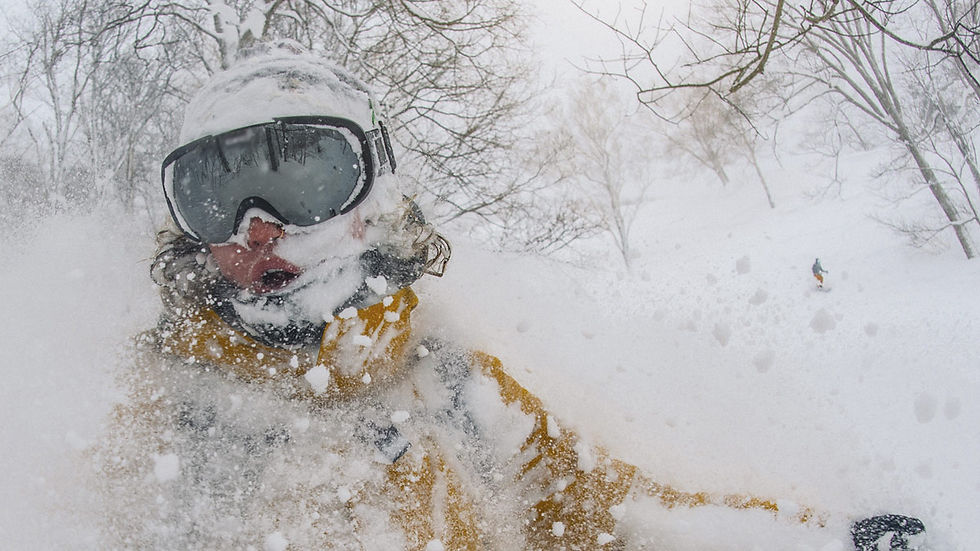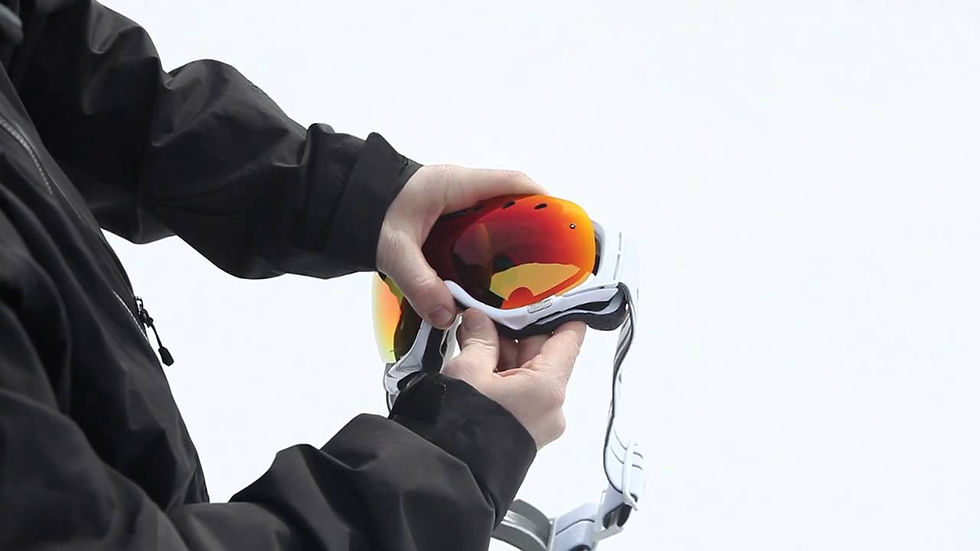Nothing kills good vibes like poor visibility on a pow day, so we decided to take a closer look at the latest snow goggles tech.

So what makes one goggle better than others? Let`s See.
1. Wide Periphery
Regular Goggles VS Frameless Goggles

The bigger the goggle, the wider the periphery you have. Don`t limit yourself with small frame goggles. Instead, take the bigger you find that fits on your face.
2. Quality UV Filter
With every 1000 meters increase in altitude, harmful UV levels increase by 12%. On top of that, sun radiation is reflected by the snow as much as 80% of UV.

When you ride with cheap goggle or without goggle, the effects of UV rays damage your eyes. So next time, when you look for new goggles, check their UV filter category.
3. Good Ventilation

You know what we are talking about. Make sure, the goggles you buy have a proper ventilation and anti-fog treatment on the lens.
4. Easy Lens Change System
When the weather changes, you`ll want to change your lens, but that`s not always easy. Especially, when it`s cold and your fingers start freezing.

Choose fast quick-change lens system in order to see clearly and keep your spirit high on the hill. Make no compromises and be prepared for the unknown.
5. Proper Visible Light Transmittance (VLT)
VLT is simply the measurable amount of solar visible light that travels through your goggles. The higher the VLT percentage is, the lighter the lens tint will be.



